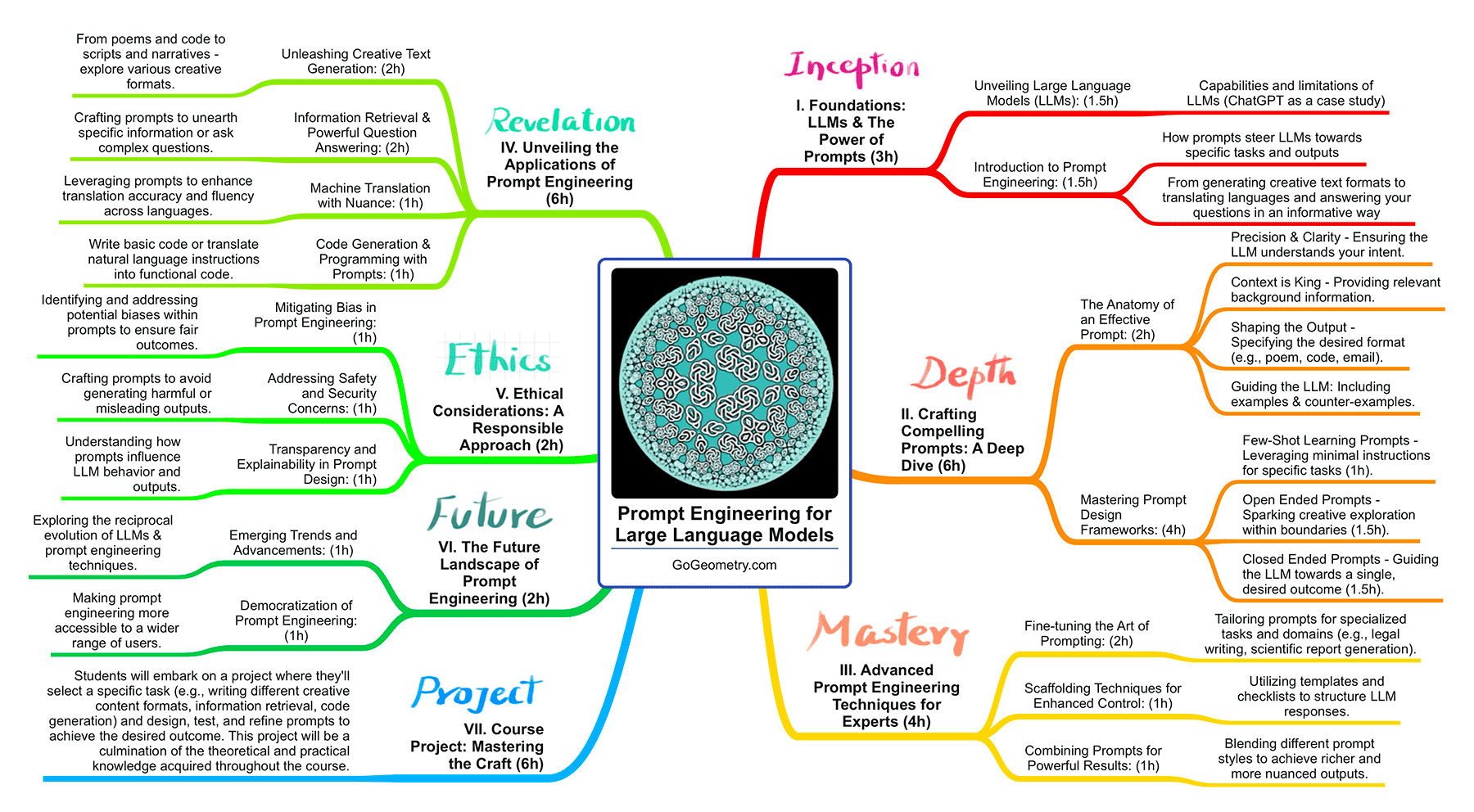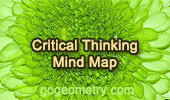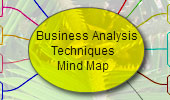Mind Map of Prompt Engineering Course

Prompt Engineering Course Syllabus
| Module |
Duration |
Details |
| I. Foundations: LLMs & The Power of Prompts |
3h |
Unveiling Large Language Models (LLMs): 1.5h
- Capabilities and limitations of LLMs (ChatGPT as a case study)
Introduction to Prompt Engineering: 1.5h
- How prompts steer LLMs towards specific tasks and outputs
- From generating creative text formats to translating languages and answering your questions in an informative way
|
| II. Crafting Compelling Prompts: A Deep Dive |
6h |
The Anatomy of an Effective Prompt: 2h
- Precision and Clarity - Ensuring the LLM understands your intent.
- Context is King - Providing relevant background information.
- Shaping the Output - Specifying the desired format (e.g., poem, code, email).
- Guiding the LLM (Optional): Including examples and counter-examples.
Mastering Prompt Design Frameworks: 4h
- Few-Shot Learning Prompts - Leveraging minimal instructions for specific tasks (1h).
- Open Ended Prompts - Sparking creative exploration within boundaries (1.5h).
- Closed Ended Prompts - Guiding the LLM towards a single, desired outcome (1.5h).
|
| III. Advanced Prompt Engineering Techniques for Experts |
4h |
Fine-tuning the Art of Prompting: 2h
- Tailoring prompts for specialized tasks and domains (e.g., legal writing, scientific report generation).
Scaffolding Techniques for Enhanced Control: 1h
- Utilizing templates and checklists to structure LLM responses.
Combining Prompts for Powerful Results: 1h
- Blending different prompt styles to achieve richer and more nuanced outputs.
|
| IV. Unveiling the Applications of Prompt Engineering |
6h |
Unleashing Creative Text Generation: 2h
- From poems and code to scripts and narratives - explore various creative formats.
Information Retrieval & Powerful Question Answering: 2h
- Crafting prompts to unearth specific information or ask complex questions.
Machine Translation with Nuance: 1h
- Leveraging prompts to enhance translation accuracy and fluency across languages.
Code Generation & Programming with Prompts: 1h
- Write basic code or translate natural language instructions into functional code.
|
| V. Ethical Considerations: A Responsible Approach |
2h |
Mitigating Bias in Prompt Engineering: 1h
- Identifying and addressing potential biases within prompts to ensure fair outcomes.
Addressing Safety and Security Concerns: 1h
- Crafting prompts to avoid generating harmful or misleading outputs.
Transparency and Explainability in Prompt Design: 1h
- Understanding how prompts influence LLM behavior and outputs.
|
| VI. The Future Landscape of Prompt Engineering |
2h |
Emerging Trends and Advancements: 1h
- Exploring the reciprocal evolution of LLMs and prompt engineering techniques.
Democratization of Prompt Engineering: 1h
- Making prompt engineering more accessible to a wider range of users.
|
| VII. Course Project: Mastering the Craft |
6h |
Students will embark on a project where they'll select a specific task and design, test, and refine prompts to achieve the desired outcome. |
This mind map was created with the help of Google Gemini and
ChatGPT3.5 on May 4, 2024.
Graphic Organizers
Graphic organizers are visual tools used to represent information, concepts or ideas, while mind maps are a type of hierarchical diagram that organizes information visually, typically in a branching format, using keywords and images. Both graphic organizers and mind maps are useful for organizing and structuring ideas, facilitating learning and retention, and enhancing creativity and problem-solving skills.



